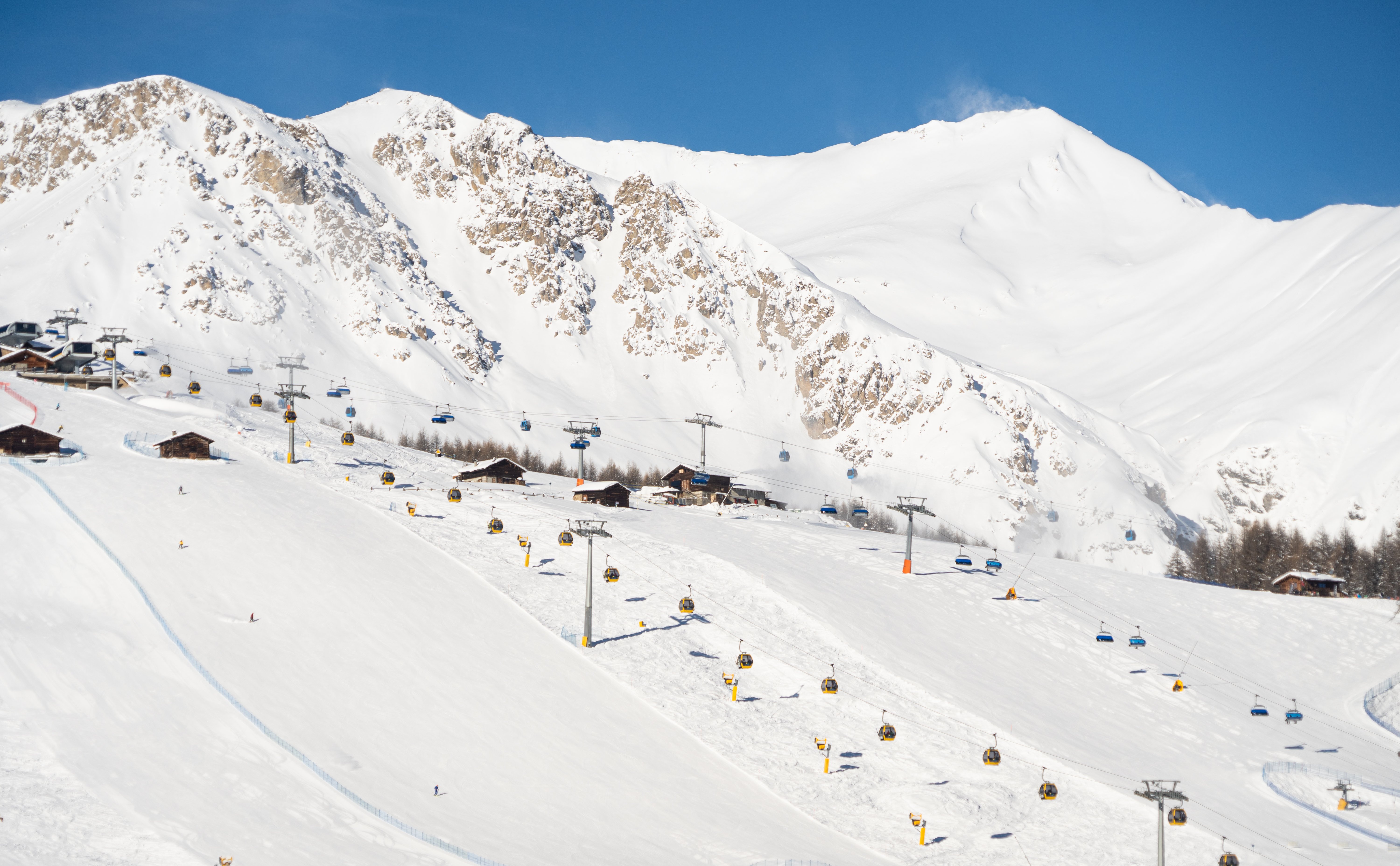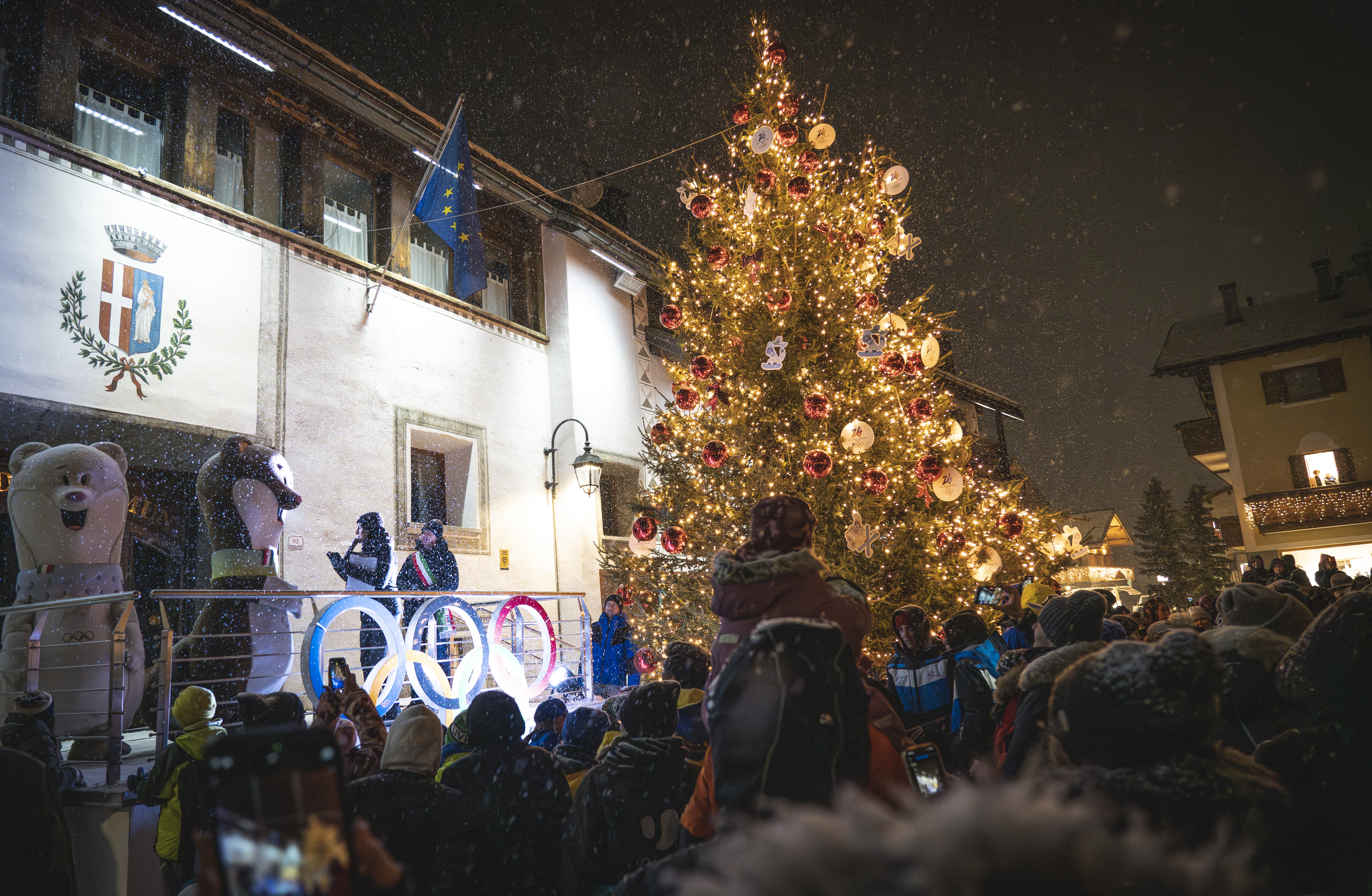15/09/2023
The last days of summer should be lived to the full, satisfying the desire to be outdoors with family and friends and enjoying the last moments of relaxation before returning to the daily routine of the city. So why not get your fill of nature? Livigno is the ideal place with its wonderful natural landscapes that are a beautiful sight for the eyes and, above all, regenerate body and soul.
With more than 1,500 km of trails, the vast network of paths in Little Tibet is suitable for everyone, even families with children who can choose paths leading to mountain huts or to immense meadows equipped with picnic areas where picnic areas where they can spend the afternoon together, being lulled by the sounds of nature. Or you can venture on the paths leading to one of the five baitél in the area: the Baitél da la Bles, the Baitèl dal Canton, the Baitél da Palsgianet, the Baitél dal Monton da Lal and the Baitél di Sctaur are small huts that have been renovated and cared for by the community and can be used as resting places, both day and night, with a small wood-burning cooker, a table and places to sleep inside.
Once you arrive at your destination, step by step, it is time to recharge your batteries with a good lunch. And what is the best solution? A picnic based on wholesome, high-quality, km0 food - available in the numerous grocery shops, bakeries and confectioner's shops in the locality - that will satisfy the palates of young and old alike, who will discover traditional flavours while being caressed by the fresh mountain air and immersed in the lush greenery of the local nature.
For those who prefer savoury flavours, the perfect solution is a sandwich made with: pan da carcént, a traditional Livigno doughnut bread made with 'pásola', or dried white turnips that are added to the dough, cooked and ground; 'Latteria' cheese, made from raw whole milk with a slightly buttery taste, which is produced by the Latteria di Livigno, a cooperative created by the union of small local milk producers with the aim of promoting the development of the mountain environment and its economy; and finally the marmeléda da cheluda, made with cranberries - which ripen towards the end of summer and the more they are covered in frost, the tastier they are - characterised by a sweet flavour but with a sour aftertaste, which goes perfectly with cheese. For those who want to add an intensely flavoured ingredient, the ideal combination is with 'bondiola', the Livigno version of coppa, a tasty and spicy pork sausage enriched by the intense aromas of Valtellina red wine.
Lovers of sweet snacks, on the other hand, can buy pan da cól - which in local dialect means colostrum, an ingredient with which bread is enriched, together with sultanas, giving it a sweet flavour - to be combined with alpine butter, made in the surrounding mountain pastures (which can also be bought directly from the producer), and blueberry jam, a delicious forest fruit par excellence that in Livigno dialect is called 'baga'.
Of both proposals, the two real protagonists are the pan da carcént and the pan da cól, two types of bread that tell
the origins and history of Livigno: many years ago, in fact, when Little Tibet was an almost isolated municipality - especially during the harsh winters - flour was an almost unavailable ingredient and was therefore bought or exchanged for other products, such as dairy products. Given the limited quantities available, the contradaioli chose to enrich their bread products with other ingredients already available in the area, including 'pásole' - or white turnips, the only vegetables that grew in the gardens of Livigno and Trepalle despite the freezing climate - and colostrum (the cow's first milk after calving) and sultanas, to make the bread more nutritious and voluminous and thus have more available.
To maintain and enhance their traditions, local bakeries continue to offer these two breads - in which they they add reduced percentages of turnip and colostrum compared to the past - that can also be found in the corners of the TAS'T - Livigno Native Food project, present in some hotels and flats, where it is possible to taste food that is 100% made in Livigno, made by local producers with high quality and km0 or completely Italian raw materials.
Furthermore, in order to have a tasteful souvenir even once you have returned home from your stay in Little Tibet, you can reproduce the two jams in your own kitchen: for the marmeléda da cheluda, 1000 g of cranberries are needed, which must be washed quickly and then placed in a saucepan together with 700 g of sugar and simmered for about an hour; for the marmeléda da baga, on the other hand, 1000 g of cranberries are needed, which, after being washed quickly, are placed in a saucepan with 600 g of sugar and simmered for about 20 minutes.
Once the two jams are ready, sterilise the glass jars and lids in boiling water for five minutes, then fill with the jam while still hot. Close tightly and let the jars cool upside down overnight in a cool, dry place.
These two recipes are also available in the bilingual book "Leina da Saor", created by the Association of Livigno Chefs and Pastry Chefs and published by Mondadori, which involved the Livigno community in the recovery of traditional recipes and ingredients: inside there are 100 traditional recipes, 37 revisited ones and over 250 photographs.





.jpg)
